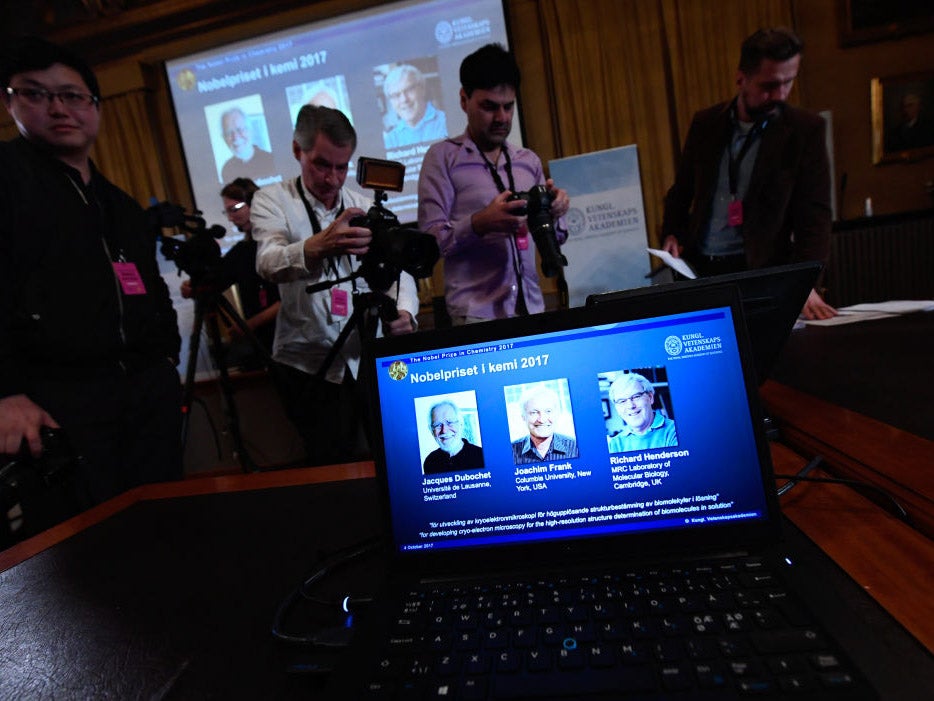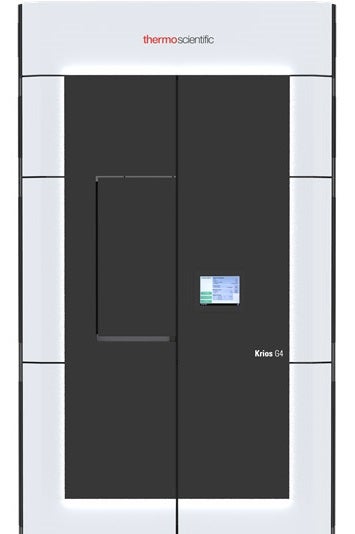
Few companies have provided scientific equipment to one winner of the Nobel Prize for chemistry, yet Thermo Fisher Scientific’s electron microscopes have been used by two winners.
Furthermore, both winners using Thermo Fisher Scientific’s equipment happened in less than a decade. In 2011, Dan Shechtman received the award for proving the existence of quasicrystals. While in 2017, Jacques Dubochet, Joachim Frank and Richard Henderson were jointly awarded the prize for their work involving cryo-electron microscopy developments.
Despite these global achievements, Thermo Fisher Scientific remains close to where it was originally founded and is even expanding its Eindhoven facility. The company recently announced it would be extending this site by 1,100m2 to boost its manufacturing capacity by 20%.
Thermo Fisher Scientific has its origins in the province of Brabant as far back as 1959 when it was initially part of Phillips Electronics and produced electron microscopes, then later moved into electron optics.
At the site these days, Thermo Fisher Scientific designs and develops electron microscopy technologies capable of achieving high-resolution visualisation of molecular structures down to the scale of a picometre – far smaller than even a nanometre. In fact, the first images of proteins that make up the coronavirus were obtained using Thermo Fisher Scientific’s electron microscopy machines. The technology is also being used to enhance research into Alzheimer’s disease.
According to Maurits Smits, Thermo Fisher Scientific’s R&D manager for high-end transmission electron microscopes, the Nobel Prize winners have provided vital feedback to help advance the technology further.
“What we like about Nobel Prize winners is that they are so key in developing the research going forward for the world,” explains Smits. “They are willing to tell us what they really want from a different system. It could be that two key opinion leaders come to us with different demands. We always help and support our customers, and in this case, try to help them both as best as we can, since we don’t know who the next Nobel Prize winner will be. The real winner is the capabilities that we want to offer.”
Advancing tech through collaboration and talent
For Thermo Fisher Scientific to develop and build complex machines, collaborations are of fundamental importance – and this is where Brabant and the Eindhoven area excel.
At the centre of collaboration in Brabant is Brainport, where high-tech and advanced design meet high-end manufacturing. Brainport brings together experts across technology, manufacturing, business and world-class technical universities to share knowledge, ideas and resources to accelerate the development of technologies in a mutually beneficial way.
“If you look to our development scope, we are using so many developers and R&D people outside our own company in the base of Eindhoven than we use internally in our own company,” adds Smits.
“We need that ecosystem to be able to respond to the questions the researchers have on what we do for them. We give them the means to do top-notch research or analytics. Therefore, they need our machines, and we can only provide this because our ecosystem offers the high-level sub-assemblies to make that possible.

“If you look at our electron microscopes, most are – in principle – built on demand and that will mean that the best researchers or institutes come to us to discuss and together elaborate on what should be the next core capability for the machine. Then we find out how that is possible and how we can develop that for the key opinion leaders who will perform the research projects.”
Smits explains how companies operating in the Brabant region such as VDL-ETG, Philips and ASML all need system engineering to connect high-level sub-assemblies to build larger systems or complex machines.
“That kind of knowledge is very much concentrated in the Brainport area,” Smits adds.
Brainport is highly effective in attracting both businesses and talent. Opportunities for career progression are all concentrated within a fairly small area. While workers moving to Brabant may be heading to the major chip equipment manufacturer ASML, Smits suggests that this also presents opportunities for other organisations.
“What you see is in the slipstream of people who are coming to ASML, their partners need a job as well and they may not want to work at the same place, and therefore, the partners may be the ones we work with,” he says.
Smits describes how Thermo Fisher Scientific offers an opportunity for a diverse career within the high-tech sector by contributing to a range of different industries. As Smits says there is also the prospect of working on technologies that will make a positive difference in people’s lives. Additionally, the company’s internal structure provides clear pathways to career progression.
“If people are intrinsically motivated to help us solve the problems of the world, then they are more motivated to stay with us,” he adds.
Technological breakthroughs
With the combination of technology, talent and a culture of collaboration over a relatively short distance, it is perhaps not such a surprise after all that two Nobel Prize winners have used technology developed by Thermo Fisher Scientific in Brabant to achieve their breakthroughs.
Given the strength of the Brabant ecosystem to accelerate innovations in technology, Smits sees many more advances on the horizon. Furthermore, Smits describes how Thermo Fisher Scientific provides the tools for future technological milestones, with AI and machine learning expected to help drive further innovations.
“We need to give them the possibility to study proteins and human tissue faster. We have seen in the pandemic that the time to get a solution is crucial,” says Smits.
“In the life science area, we are creating a faster throughput time so that vaccines and viruses can be studied ten times or even 100 times faster.
“In catalysers of energy, we are making breakthroughs to ensure that materials that would normally be disrupted when you do the scan are now staying in the scan longer so that we can really study them.
“And in the semiconductor industry, we are making sure that from thick layers of material, you can now go to one-atom line layers and study them. We are pushing the limits in all directions.”


